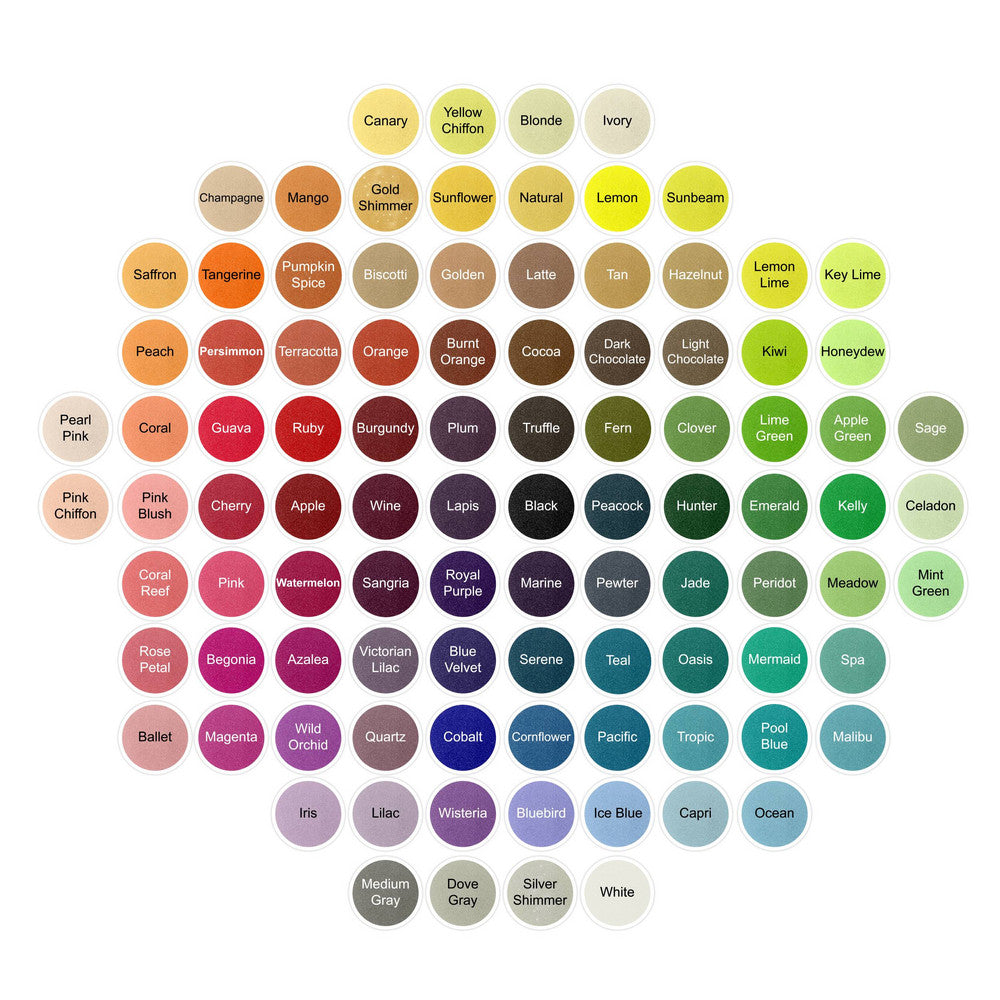There are different wedding customs in each culture. Many couples are embracing their heritage and incorporating different religious and cultural traditions into their wedding ceremonies and receptions. This allows couples to share an important part of their heritage with family and friends.
Popular customs and traditions include:
• African – This wedding tradition incorporates jumping a broom, which represents a couple’s new life together.
• Chinese – According to Chinese tradition, the wedding date is chosen by birthdates and astrological signs. By tradition, the ceremony is always held on the half hour to encourage good luck and fortune.
• Dutch – Dutch wedding traditions forgo the traditional American guest book tradition in favor of a wish tree. This tree is simply a beautiful branch and guests write their good wishes on paper leaves, which are then hung on the tree with colorful ribbons.
• Filipino – In this culture, the groom’s family is responsible for paying for the wedding and the grandparents are the witnesses. Both the groom and bride wear white, but women are not permitted to wear any pearl jewelry.
• French – In the French culture, grooms walk their mothers down the aisles.
• Indian – Garlands are given to guests in place of traditional corsages and flower petals are thrown to represent good luck for the couple.
• Italian – Italians believe that Sunday weddings bring the couple good luck. Food plays a pivotal role in Italian receptions, as some couples opt to serve 14 dinner courses!
• Japanese – Known as “san-san-kudo” this tradition involves the bride and groom, as well as their parents taking three sips of sake from three different cups.
• Korean – The groom must present his future mother-in-law with a wooden goose as a symbol of his fidelity to her daughter.
• Latin American and Spanish – In these cultures, the couple wears rings on their right hands. Additionally, tradition dictates that the bride should wear black to symbolize her devoted committed to “’till death do us part.”
• Scottish – Traditional Gaelic hymns and bagpipes are played during the ceremony. The groom often wears a kilt that highlights his clan’s colors.
• Swedish – Brides carry coins in their shoes – specifically a silver coin in the left shoe to pay homage to fathers and a gold coin in the right shoe for mothers.
• Vietnamese – The ceremony’s date and time are often determined by a fortuneteller or Buddhist monk and the mother-in-law gives the bride traditional pink chalk.
For couples looking to start their own cultural traditions, Sandsational Sparkle offers a wide variety of unity sand ceremony kits. These decorative sand kits come in an array of colors, ranging from white sand to black sand.






← Older Post Newer Post →